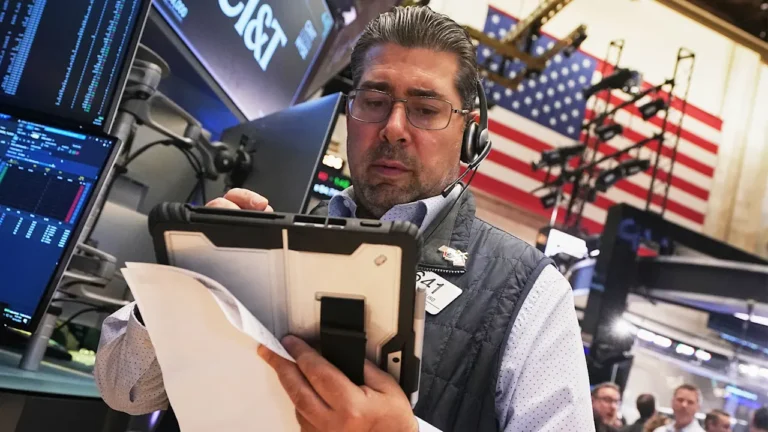
Company culture doesn’t affect performance. That’s not a hot take, that’s what a 2022 meta analysis from the Chartered Institute of Personnel and Development found when they compared more than 500 research papers on the topic. From the report:
The findings are very clear: there is little evidence consistently linking organizational culture to performance, but if such a link should exist, it is very weak and too small to be practically meaningful. As such, organizations and practitioners should be careful spending time and money on company-wide culture change programs as they are not likely to increase performance.
And yet, when asked, 92% of executives believe that improving their firm’s culture would increase the value of their company. So are 92% of executives wrong? And are millions, if not billions, of dollars wasted each year on culture efforts?
The short answer? Yes and yes. The full answer is a bit more complicated.
Why the myth persists
Leaders cling to the idea that culture drives results because it feels controllable. You can write new values, host an off-site, or hire a chief culture officer. It’s far easier to reprint the employee handbook than to rewire incentives, decision-making, or priorities. Culture talk offers the illusion of progress—something visible, moral, and manageable—while the real performance drivers remain untouched.
Company culture is still deeply misunderstood
Many leaders talk about culture as something you have—a vibe, a set of values, a mood—rather than something you do. But culture is not a static asset; it’s the emergent result of how decisions are made, what gets rewarded or punished, and which behaviors the system makes easy or hard. When executives say “we need a culture of innovation,” but still require six layers of approval for new ideas, they’re confusing aspiration for infrastructure.
Leaders aren’t being honest about their culture, or with themselves
Research from MIT Sloan Management Review (2020) found no correlation between a company’s stated values and the lived experience of its employees. In other words, what leaders say their culture is and what people actually feel day-to-day are worlds apart. Firms with large culture gaps see lower productivity and impaired alignment. The misalignment fuels cynicism and distrust, undermining managerial credibility and depleting morale. Employees in these organizations report reduced commitment and higher turnover. Instead of confronting that gap, many double down on optics: slogans, all-hands pep talks, or off-sites meant to “rebuild trust.”
But culture isn’t changed through words or rituals—it’s changed through systems. Decision rights, information flow, meeting cadence, and incentives form the real architecture of behavior. Until leaders are honest enough to align those structures with their rhetoric, culture initiatives will keep delivering the same result: symbolic satisfaction with no measurable performance gains.
Leaders aren’t being strategic about their culture
Every era has its cultural role model—the company everyone else is told to emulate. In the ’90s it was Jack Welch’s GE. Then it was Apple, then Amazon. Now it’s Jensen Huang’s Nvidia. Each time, executives rush to borrow their rituals and slogans, hoping to import a little of their magic. But let’s be honest: your company isn’t that company—and it shouldn’t be.
Culture is simply how strategy gets lived. Which means a “best culture” doesn’t exist, only a fit culture—one that reinforces your distinct strategy and constraints. Copying someone else’s culture while pursuing a different strategy isn’t just naive, it’s counter-strategic.
The culture obsession is a distraction
The corporate world is hooked on culture because it’s comforting and it makes leadership feel human and moral. But culture talk often becomes a way to avoid harder truths: bad strategy, misaligned incentives, broken systems, and unclear ownership. In our experience as a consulting partner to some of the world’s largest and most complex companies, a “culture problem” is usually a smokescreen for problems that leaders have long known about and shirked responsibility for: a “nice” way to avoid assigning blame or deflecting responsibility. And when we analyzed 1,700 public companies and their Glassdoor ratings, we found that the No. 1 topic among negative reviews were complaints about leaders and management. So, poor leadership produces poor cultures.
What to do instead
Before rushing to rewrite values, produce swag, or drag people to town halls, leaders first need to hold themselves accountable. Do they actually behave in the way they hope others will? Do they collaborate with their peers as “one company” or is that really just a slogan? Does the way they allocate resources match what they claim to prioritize? Are the people they’re promoting really the best “culture bearers” or merely squeaky wheels or political players?
Then, leaders should consider culture as the shadow cast by the operating model they design and manage. If you want to change the shadow, you have to move the object casting it. That means redesigning how decisions get made, how information travels, and what gets measured and rewarded. Culture is not a lever to pull; it’s a reflection of the choices leadership makes every day about how work actually happens.
So yes, culture matters, just not in the way most executives think. You don’t fix performance by fixing culture; you fix culture by fixing performance. Because in the end, culture lives in the rules you enforce, not the words you endorse.
